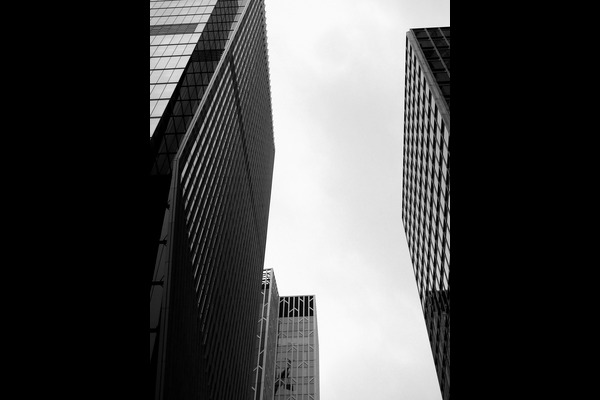8 Amazing Modern Eco Construction Technologies

The days when eco-friendliness was the sole preserve of individuals are firmly in the past. Today, more commercial applications of eco-friendly technologies are in use, especially in the construction niche.
This piece takes a look at some of those that have caught the eye in recent times:
- Cool roofs: In construction, cool roofs are used to increase solar reflectance while reducing thermal emissions. The first benefit of cool roofing is that it lowers the temperature of the property. The second benefit is that it lowers the temperature inside the building after construction. It achieves this by trapping the air inside and reflecting intense heat from the outside. This process reduces the strain placed on cooling systems, leading to a reduction in emissions and, as a result, cooling and heating properties.
- Solar roof tiles: Solar roof tiles are becoming more popular with large-scale property construction and new building developments. The tiles, or shingles, as they are known in some quarters, are made of photovoltaic sheets laid on top of existing shingles. They work like the typical solar panel installation, but without the bulky and top-heavy appearance. Solar roof tiles used in construction today have a sleek and perfectly blended appearance.
- LED lighting: LED lighting technology is one of the main breakthroughs in the quest for eco-friendliness. Large-scale commercial properties finished today now consume up to 95% less energy when compared to incandescent lighting and up to 30% less energy when compared to fluorescent lighting. On a commercial property, the energy savings can be enormous.
- Insulation: The insulation sector offers perhaps some of the best examples of eco-friendliness. More construction companies are using recycled materials for insulation. Cotton insulation is a major example, and it involves the use of recycled denim to keep properties insulated. Cellulose insulation is second on the popularity stake, but again, it requires the use of recycled paper sprayed into the walls of properties. Like cool roofs, properly insulated properties reduce energy used in heating and cooling.
- Rammed Earth: Rammed earth construction involves using natural raw materials to create sturdy buildings. The process involves mixing substances like clay or gravel and combining them with stabilising elements such as concrete. The mix is compressed, and the result is solid, hard walls. The formation is allowed to “cure and harden” for up to two years. The density of the material means it is perfect for temperature-regulated building construction. The resulting structures stay warm in winter and cool in summer. Additionally, rammed earth construction generates fewer emissions than standard building processes.
- Geothermal heating: Geothermal heating is another efficient source of renewable energy. The earth’s natural energy is tapped to produce power. It is used in construction to create environmentally friendly structures that will not rely on natural gas or coal-powered electricity. Geothermal heating is highly efficient, even during the winter. The pipes that are the foundation of the process are buried underground, away from the effects of freezing temperatures. During freezing temperatures, the ground level at which the pipes are buried still posts temperatures of 15.5 degrees Celsius. This means that geothermal heating can remain a reliable source of energy year-round.
- Zero energy constructions: Zero-net-energy buildings, as they are equally known, are designed to function away from the central electricity grid. Many renewable energy processes are incorporated and amalgamated to ensure the buildings can generate power. Such buildings do not only produce energy. They also emit zero carbon emissions as a result of their reliance on renewable energy supplies. The zero-energy construction drive is most visible in small communities where homes can combine renewable resources. However, this construction technology is quickly gaining prominence in city centres and commercial hubs.
- Hempcrete: In some parts of the world, hemp is used in construction, during the installation process, and as insulation. Hempcrete is a mixture of hemp and lime that is similar to concrete. The technology has not been fully tapped into as a result of legislation against hemp in different parts of the globe. However, the technology is impressive nonetheless.
These are exciting eco-construction technologies that are in use today. It remains to be seen how fast these technologies will be adopted in more places across the globe, especially outside the West.




 0116 402 7982
0116 402 7982